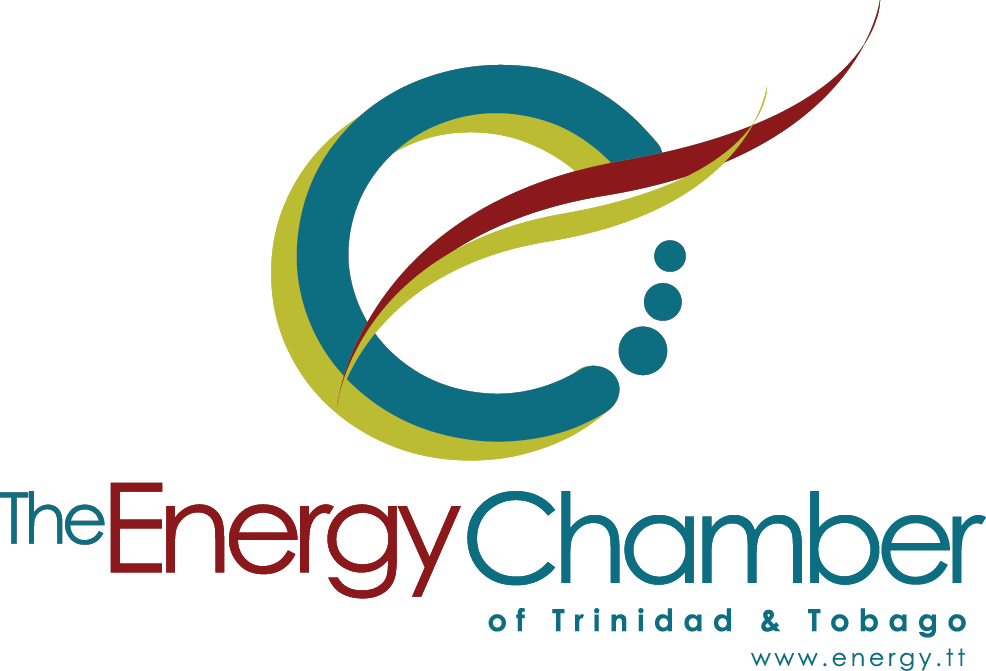South America is positioned to be a major driver of non-OPEC+ oil supply through 2030, a role anchored significantly by the emerging offshore production from Guyana and Suriname. According to Rystad Energy, barrels originating from these countries, alongside Brazil’s offshore fields and Argentina’s Vaca Muerta shale, are highly cost-competitive and ready to balance the global market, even as US shale growth moderates.
Global oil demand is expected to remain robust, peaking in the early 2030s around 107 million barrels per day (bpd) and staying above 100 million bpd through the 2040s. This resilience places pressure on producers, and non-OPEC+ suppliers will be key to meeting this demand. South America is forecast to lead global supply growth, adding over 560,000 bpd of crude and condensate this year, and exceeding 750,000 bpd by 2026. This growth places the region among the few, alongside the Middle East (outside OPEC+), consistently adding over 500,000 bpd.
According to Rystad, the rapid growth is supported is the deployment of Floating Production, Storage and Offloading (FPSO) vessels, driving growth in new offshore fields. Guyana has been a prime example of this success, with ExxonMobil effectively executing multiple major discoveries in the Stabroek Block and already placing four FPSOs into production. However, the pace of new discoveries has recently cooled, with the last year recording the lowest liquid volume discovery since 2017, highlighting the continued need for frontier exploration.
Both nations are central to the region's strong final investment decision (FID) momentum. South America is set to see a cumulative conventional greenfield capital expenditure (capex) of $197 billion for oilfields between 2020 and 2030, largely concentrated in deepwater offshore projects. While Brazil accounts for the largest share, Guyana is a significant investor, with its yet-to-produce assets leading greenfield spending. Furthermore, Suriname is making a major contribution with its $10.5 billion GranMorgu field (a merger of Sapakara South and Krabdagu) scheduled to come online by 2028.
With total upstream investment in South American oilfields reaching a high of over $46 billion last year, and expected to grow by 10% this year, the future of the sector is clear. Guyana and Suriname are key players in the region's pivot to remain a consistent driver of net oil exports, alongside Argentina and Venezuela, showcasing their pivotal role in securing global energy supply through the next decade.

